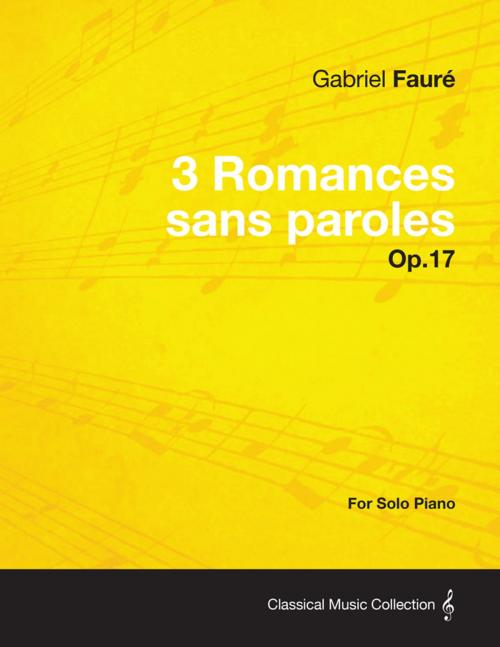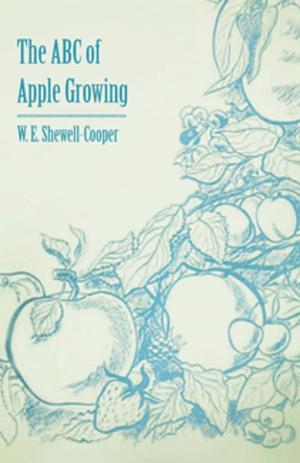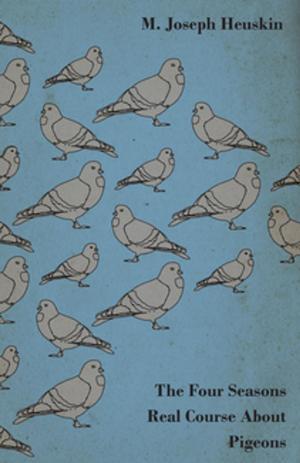3 Romances sans paroles Op.17 - For Solo Piano (1878)
Nonfiction, Entertainment, Music, Instruments & Instruction, Piano & Keyboard, Songbooks, Musical Scores| Author: | Gabriel Fauré | ISBN: | 9781473363243 |
| Publisher: | Read Books Ltd. | Publication: | May 20, 2016 |
| Imprint: | Cullen Press | Language: | English |
| Author: | Gabriel Fauré |
| ISBN: | 9781473363243 |
| Publisher: | Read Books Ltd. |
| Publication: | May 20, 2016 |
| Imprint: | Cullen Press |
| Language: | English |
“3 Romances sans paroles, Op.17” is a trio of solo piano compositions written by Gabriel Fauré in 1878. This high-quality reproduction of the original music scores features wide margins and clear note heads, making it ideal for following the music and a fantastic addition to music collections. Gabriel Urbain Fauré (1845 – 1924) was a French organist, teacher, composer, and pianist. Fauré is widely regarded as one of the most influential and important French composers of his time. His music is often described as being a link between Romanticism and the modernism of the first half of the 20th century. His most notable woks include: “Pavane”, “Requiem”, and “Clair de lune”. Classic Music Collection constitutes an extensive library of the most well-known and universally-enjoyed works of classical music ever composed, reproduced from authoritative editions for the enjoyment of musicians and music students the world over.
“3 Romances sans paroles, Op.17” is a trio of solo piano compositions written by Gabriel Fauré in 1878. This high-quality reproduction of the original music scores features wide margins and clear note heads, making it ideal for following the music and a fantastic addition to music collections. Gabriel Urbain Fauré (1845 – 1924) was a French organist, teacher, composer, and pianist. Fauré is widely regarded as one of the most influential and important French composers of his time. His music is often described as being a link between Romanticism and the modernism of the first half of the 20th century. His most notable woks include: “Pavane”, “Requiem”, and “Clair de lune”. Classic Music Collection constitutes an extensive library of the most well-known and universally-enjoyed works of classical music ever composed, reproduced from authoritative editions for the enjoyment of musicians and music students the world over.















